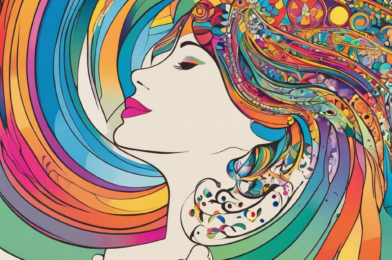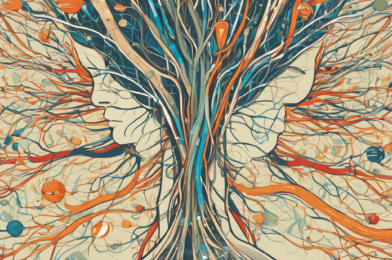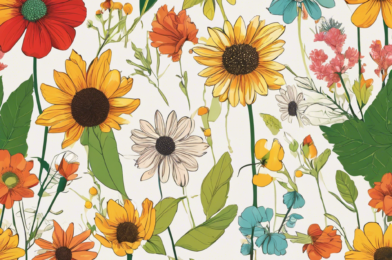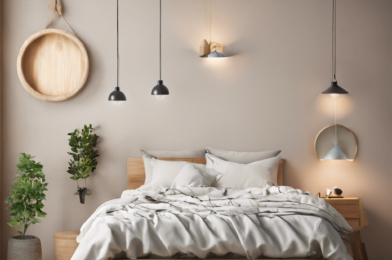Color therapy, also known as chromotherapy, is an ancient practice that harnesses the healing power of color and light to promote physical, mental, and emotional well-being. While it may seem like a new age trend, the use of color for therapeutic purposes has a long history, dating back to the ancient civilizations of Egypt, China, and Greece.
So, how does it work? Color therapy is based on the idea that colors are energy vibrations, each with its own unique frequency and therapeutic effects. When colors are applied to the body through light or visual stimulation, they are believed to impact our physical and psychological states, bringing about healing and a sense of balance.
For example, the color red is associated with vitality and energy, stimulating both body and mind. It is often used to boost circulation and increase passion and confidence. On the other hand, blue is linked to calm and tranquility, helping to reduce stress, soothe anxiety, and promote peaceful sleep. Yellow is the color of the sun, bringing warmth and happiness, enhancing mental clarity and self-esteem.
Color therapy can be administered in a variety of ways. One method is through the use of colored lights, where the client sits or lies in a room filled with colored light, often with a specific color chosen for its therapeutic benefits. Another approach is the use of colored fabrics or transparencies placed over the body, allowing the color frequency to penetrate and promote healing. Visualizing colors or wearing color-infused eyewear can also be effective ways to tap into the power of chromotherapy.
The practice of color therapy has gained popularity as a complementary healing modality, often used alongside conventional medical treatments. While the scientific evidence supporting chromotherapy is limited, many individuals report positive experiences and benefits, including improved mood, reduced stress, and enhanced overall well-being.
Color therapy offers a drug-free and non-invasive approach to healing, making it an appealing option for those seeking alternative therapies. As with any health or wellness practice, it is important to consult with a qualified healthcare professional before embarking on color therapy, especially if you have a specific physical or mental health condition.
The impact of color on our daily lives is undeniable, from the clothes we wear to the décor of our homes. Color therapy takes this a step further, intentionally using color as a tool for healing and self-improvement. By understanding the effects of different colors, we can begin to harness their power to bring about positive changes in our lives.
While the use of chromotherapy in mainstream medicine may be limited, its potential benefits are vast. From improving mental clarity and reducing stress to enhancing physical vitality, color therapy offers a simple yet powerful tool for personal growth and well-being. With more people embracing holistic health practices, it is no surprise that the ancient wisdom of color therapy is gaining traction once again.
Overall, color therapy provides an intriguing insight into the potential of color and light to influence our health and happiness. Whether you are seeking alternative treatments or simply wanting to explore the power of color in your life, chromotherapy offers a fascinating journey into the world of visual healing.









